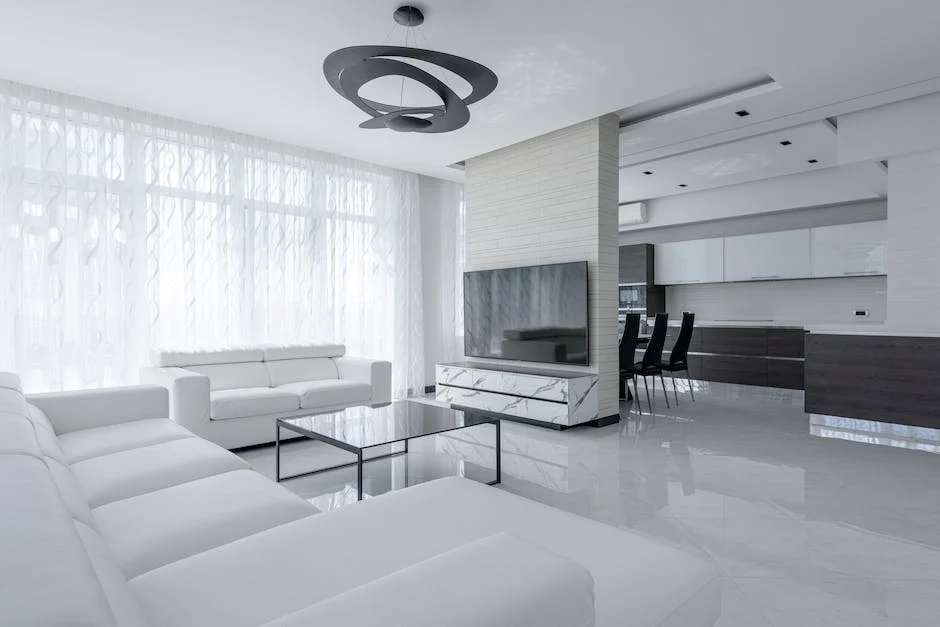Introduction to hotel furniture design
Hotel furniture design has come a long way over the years, evolving to meet the changing needs and preferences of guests. In the past, hotel furniture was often seen as purely functional, with little attention given to aesthetics. However, as the hospitality industry has grown and become more competitive, the importance of creating a visually appealing and comfortable environment for guests has become paramount. Today, hotel furniture design is a blend of functionality, style, and durability. Designers are incorporating innovative materials, ergonomic features, and customizable options to create furniture that not only meets the needs of guests but also enhances the overall guest experience. From sleek and modern designs to classic and timeless pieces, the evolution of hotel furniture design has truly transformed the way we experience and enjoy our stays.
Early hotel furniture design styles
Early hotel furniture design styles have played a significant role in shaping the evolution of hotel furniture design over the years. From the ornate and luxurious styles of the Victorian era to the sleek and minimalist designs of the mid-century modern movement, each style has reflected the cultural and aesthetic preferences of its time. These early design styles not only influenced the furniture choices in hotels but also set the stage for future innovations in hotel design. By understanding the origins of these styles, we can appreciate the rich history and craftsmanship that have shaped the furniture we see in hotels today.
The influence of Art Deco on hotel furniture design
The influence of Art Deco on hotel furniture design has been significant and enduring. Art Deco, a style that emerged in the 1920s and 1930s, emphasized sleek lines, geometric shapes, and luxurious materials. This design movement had a profound impact on hotel furniture, as it introduced bold and glamorous elements into the hospitality industry. Art Deco-inspired furniture often featured rich woods, polished metals, and intricate detailing, creating a sense of opulence and sophistication. The use of mirrors and mirrored surfaces also became prevalent, reflecting the era’s fascination with technology and modernity. Today, Art Deco continues to inspire hotel furniture design, infusing spaces with a timeless elegance that captivates guests and evokes a sense of grandeur.
Mid-century modern and its impact on hotel furniture design
Mid-century modern design has had a significant impact on the evolution of hotel furniture over the years. This design movement, which emerged in the mid-20th century, emphasized simplicity, functionality, and clean lines. Its influence can be seen in the sleek and minimalist furniture found in many modern hotels today. Mid-century modern furniture often features organic shapes, natural materials, and innovative use of materials such as molded plywood and fiberglass. This design style transformed the hotel industry by creating spaces that were not only aesthetically pleasing but also comfortable and practical for guests. From iconic pieces like the Eames Lounge Chair to the use of bold colors and geometric patterns, mid-century modern design has left a lasting mark on hotel furniture design.
Contemporary hotel furniture design trends
Contemporary hotel furniture design trends have evolved significantly over the years, reflecting the changing preferences and demands of modern travelers. Today, hotels strive to create unique and immersive experiences for their guests, and furniture plays a crucial role in achieving this goal. From sleek and minimalist designs to bold and eclectic styles, contemporary hotel furniture embraces a wide range of aesthetics. Sustainability has also become a key focus, with hotels incorporating eco-friendly materials and practices into their furniture design. By staying up-to-date with the latest trends, hoteliers can create spaces that are not only visually appealing but also functional and comfortable for their guests.
Sustainable and eco-friendly hotel furniture design
Sustainable and eco-friendly hotel furniture design has become a major focus in the evolution of hotel furniture design over the years. With the increasing awareness of environmental issues, hotels are now seeking furniture options that are not only aesthetically pleasing but also have a minimal impact on the planet. This includes using materials that are renewable, recyclable, and non-toxic, as well as implementing sustainable manufacturing processes. Additionally, hotel furniture designers are incorporating innovative design techniques that maximize the functionality and durability of the furniture, reducing the need for frequent replacements. By embracing sustainable practices, hotels can not only create beautiful and comfortable spaces for their guests but also contribute to the preservation of our environment.
The role of technology in hotel furniture design
Technology has played a significant role in the evolution of hotel furniture design over the years. With advancements in materials, manufacturing techniques, and design software, hotel furniture designers now have more freedom to create innovative and functional pieces. Technology allows for the use of new materials that are not only aesthetically pleasing but also durable and sustainable. Design software enables designers to visualize and test different concepts before production, ensuring that the final product meets both the hotel’s aesthetic requirements and the guests’ comfort needs. Additionally, technology has also improved the efficiency of manufacturing processes, resulting in quicker production times and reduced costs. Overall, the integration of technology into hotel furniture design has revolutionized the industry, creating spaces that are not only visually appealing but also practical and comfortable for guests.
Customization and personalization in hotel furniture design
Customization and personalization have become key aspects in hotel furniture design, revolutionizing the industry over the years. Gone are the days of standardized furniture pieces that lack character and individuality. Today, hotel owners and designers understand the importance of creating unique and memorable experiences for their guests. Customization allows hoteliers to tailor furniture designs to match the overall aesthetic and theme of the property, creating a cohesive and immersive environment. Moreover, personalization enables guests to feel a sense of connection and comfort, as they can choose furniture that suits their individual preferences. As a result, the evolution of hotel furniture design has shifted towards creating bespoke pieces that not only enhance the visual appeal of the space but also elevate the overall guest experience.
The future of hotel furniture design
The future of hotel furniture design is an exciting and innovative space, constantly evolving to meet the changing needs and preferences of guests. With advancements in technology and a growing focus on sustainability, hotels are now incorporating smart features and eco-friendly materials into their furniture designs. From customizable pieces that allow guests to personalize their space, to furniture that seamlessly integrates with digital devices, the future of hotel furniture design is all about creating a seamless and immersive guest experience. Additionally, there is a growing trend towards using sustainable materials such as reclaimed wood and recycled plastics, as hotels strive to reduce their environmental impact. As the industry continues to evolve, we can expect to see even more creative and functional designs that enhance the overall guest experience while also prioritizing sustainability.
Conclusion: The ever-changing landscape of hotel furniture design
The ever-changing landscape of hotel furniture design is a testament to the evolution of the hospitality industry. Over the years, hotel furniture design has shifted from traditional and opulent styles to more contemporary and minimalist aesthetics. This change reflects the evolving preferences of hotel guests, who now seek functional and stylish furniture that enhances their overall experience. Additionally, sustainability has become a key consideration in hotel furniture design, with a focus on using eco-friendly materials and incorporating sustainable practices. As the design industry continues to innovate and adapt to new trends, we can expect hotel furniture design to continue evolving and pushing boundaries in the years to come.



